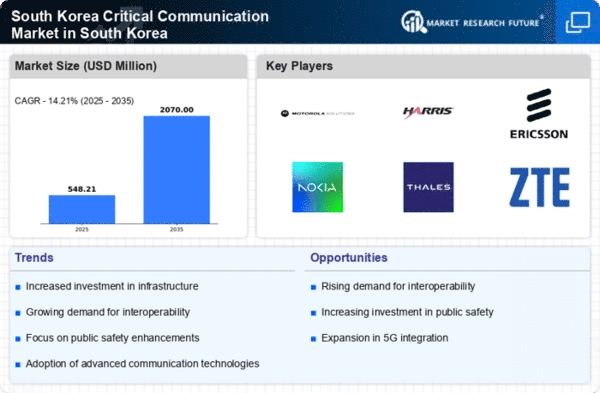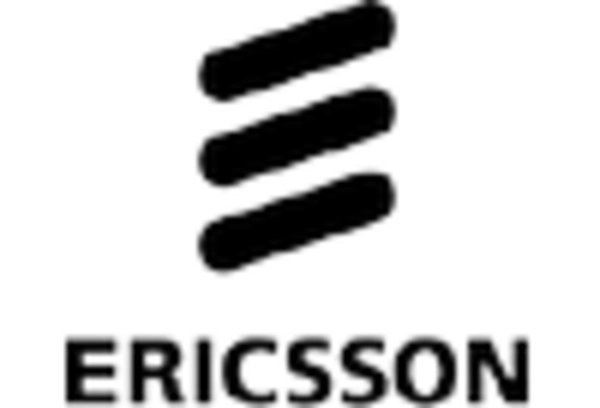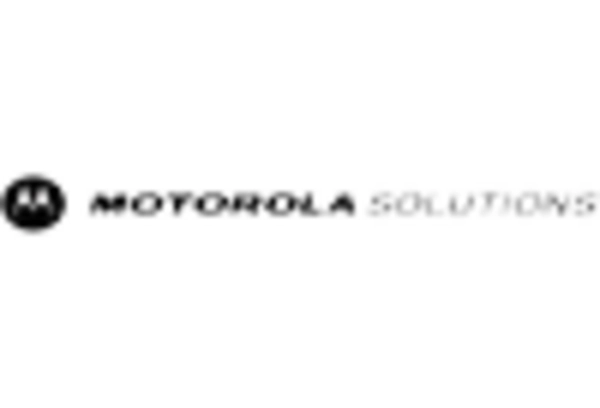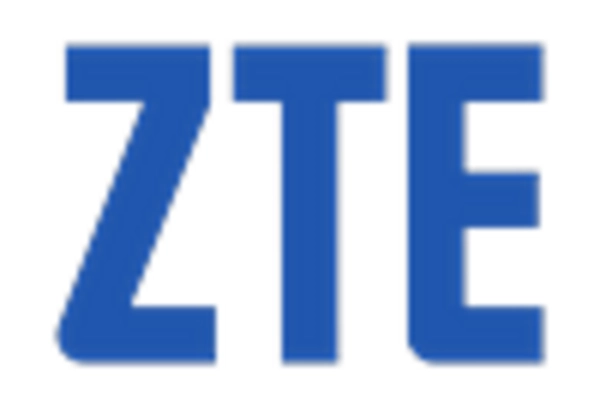Growing Demand for Reliable Communication
The lte critical-communication market in South Korea experiences a growing demand for reliable communication systems, particularly in sectors such as public safety and emergency services. As urbanization increases, the need for robust communication networks becomes paramount. The South Korean government has recognized this necessity, allocating approximately $1 billion for the enhancement of communication infrastructure. This investment aims to ensure that first responders have access to uninterrupted communication during emergencies. The lte critical-communication market is thus positioned to benefit from this trend, as organizations seek to implement advanced communication solutions that can withstand the challenges posed by natural disasters and urban incidents.
Increased Focus on Cybersecurity Measures
As the lte critical-communication market evolves, the focus on cybersecurity measures becomes increasingly critical. With the rise in cyber threats, South Korean authorities are prioritizing the protection of communication networks used by emergency services. Investments in cybersecurity solutions are projected to grow, with estimates suggesting a potential increase of 30% in spending over the next five years. This trend indicates a proactive approach to safeguarding critical communication infrastructures. The lte critical-communication market must adapt to these challenges by integrating advanced security protocols, ensuring that communication remains secure and reliable during emergencies.
Technological Advancements in LTE Solutions
Technological advancements play a crucial role in shaping the lte critical-communication market. Innovations in LTE technology, such as the development of 5G networks, are expected to enhance the capabilities of critical communication systems. In South Korea, the government has initiated projects to integrate 5G technology into public safety communications, which could potentially improve response times and data transmission rates. The lte critical-communication market is likely to see increased adoption of these advanced technologies, as they offer enhanced features like real-time data sharing and improved network reliability, which are essential for effective emergency response.
Collaboration Between Public and Private Sectors
Collaboration between public and private sectors is emerging as a vital driver for the lte critical-communication market. In South Korea, partnerships between government agencies and telecommunications companies are fostering innovation and enhancing service delivery. These collaborations aim to develop tailored solutions that meet the specific needs of emergency responders. The lte critical-communication market is likely to benefit from this synergy, as it encourages the sharing of resources and expertise. Such partnerships can lead to the development of more effective communication systems, ultimately improving the overall efficiency of emergency response operations.
Regulatory Support for Enhanced Communication Standards
Regulatory support is a significant driver for the lte critical-communication market in South Korea. The government has established stringent communication standards to ensure that public safety agencies can operate efficiently. These regulations encourage the adoption of LTE technology, as they mandate interoperability and reliability in communication systems. The lte critical-communication market benefits from this regulatory framework, as it fosters an environment where companies are incentivized to develop compliant solutions. This support is crucial for maintaining high standards in emergency communications, ultimately leading to improved public safety outcomes.

















Leave a Comment